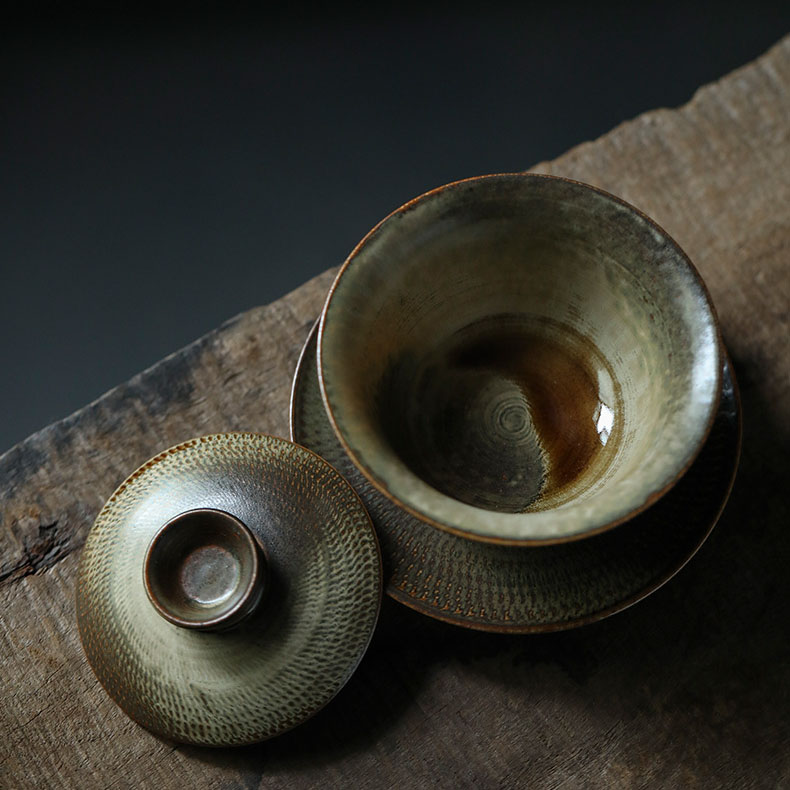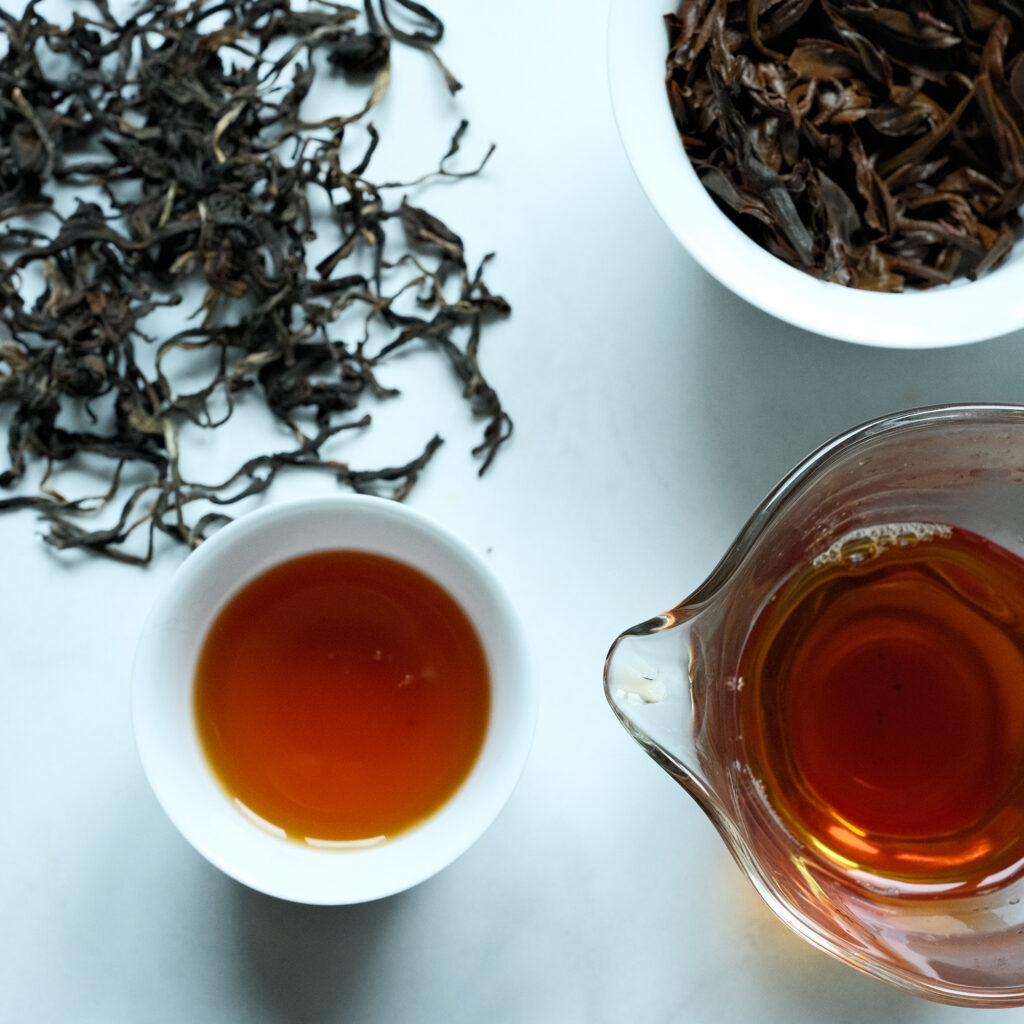
Chinese tea is more than a beverage – it is an expression of mindfulness, serenity, and cultural depth.
Each variety carries its own soul and reveals its character only through proper preparation.
Brewing tea is not a routine, but a quiet ritual – a dialogue between water, leaf, and time.
Water and Temperature – The Beginning of Every Tea Journey
The quality of the water is essential: use soft, fresh water whenever possible, ideally filtered or spring water.
Hard water can mask delicate aromas and alter the tea’s character.
Each tea type requires its own temperature to unfold its full fragrance and flavor:
|
Tea Category |
Water Temperature |
|
Green Tea & Jasmine Tea |
75–85 °C (167–185 °F) |
|
White Tea |
80–90 °C (176–194 °F) |
|
Red Tea (Hóng Chá) |
90–95 °C (194–203 °F) |
|
Pu-Erh & Oolong |
95–100 °C (203–212 °F) |
The finer the tea, the gentler the water should be.
Teaware and Method – The Path of Mindfulness
A Gaiwan (traditional Chinese lidded bowl) or a small Yixing clay teapot is ideal.
They retain heat, allow the tea to breathe, and make it possible to perform short, repeated infusions – the essence of Chinese tea art known as Gōngfū Chá 工夫茶.
Gōngfū Chá 工夫茶 – The Art of Mindful Brewing
Gōngfū Chá literally means “tea with skill and dedication.”
It describes a centuries-old practice in which tea is brewed through multiple short, precise infusions to bring out its full depth and character.
This method emphasizes calmness, attention, and balance:
The water flows in gentle movements, the leaves are treated with respect, and each cup is poured with intention.
The beauty of Gōngfū Chá lies in experiencing the moment rather than rushing through it – every movement becomes part of a meditative act.
“When you pour tea with care, you are not just pouring water over leaves – you are pouring mindfulness over time.”
Steeping Times and Multiple Infusions
In Chinese tea culture, tea is brewed multiple times, and each infusion tells a new chapter of the same story.
It is better to steep the tea briefly and often rather than once for too long – this keeps the flavor alive and balanced.
Recommended Steeping Times:
The first infusion is traditionally used to “wake the tea” – it is poured away to rinse the leaves and free them from dust.
True enjoyment begins with the second infusion.
The Right Amount of Tea – Balance Between Leaf and Water
The amount of tea determines flavor, intensity, and harmony.
It depends on the preparation method, tea type, and personal preference.
|
Tea Category |
Gōngfū Chá Method (120–150 ml teapot) |
Western Method (300–500 ml teapot) |
Notes |
|
Green Tea & Jasmine Tea |
4–5 g |
2–3 g |
For jasmine pearls or fine leaves, 3–4 g are enough. Use 75–85 °C water. |
|
White Tea |
5–6 g |
3–4 g |
Large-leaf teas like Bai Mu Dan need a little more volume. |
|
Red Tea (Hóng Chá) |
4–5 g |
2–3 g |
Ideal for a strong yet smooth flavor. Keep steeping time short. |
|
Oolong Tea |
6–8 g |
3–4 g |
Rolled leaves expand greatly – leave space in the pot. |
|
Pu-Erh (Shēng & Shóu) |
5–7 g |
3–4 g |
Gently loosen compressed tea cakes before brewing. Use 95–100 °C water. |
General Guidelines:
Additional Tips:
How Many Times You Can Infuse Each Tea
|
Tea Category |
Recommended Infusions |
Flavor Evolution |
|
Green Tea & Jasmine Tea |
4–6 (up to 8 for jasmine pearls) |
Fresh and floral, then gently sweet and clear. |
|
White Tea |
5–7 |
Delicate, honeyed, soft, and warm. |
|
Red Tea (Hóng Chá) |
4–5 |
Bold, malty, then smooth and rounded. |
|
Pu-Erh Tea (Shēng & Shóu) |
7–10 (up to 20! For Gu Shu and Da Shu) |
Earthy depth, sweet warmth, and full harmony. |
|
Oolong Tea |
6–9 |
Floral, creamy, sweet, and mineral. |
Experiencing Each Infusion
In Chinese tea culture, it is said:
“The second infusion reveals the soul of the tea.”
Tea as Meditation
Observe how the leaves unfold, how the aroma evolves, how the steam rises – this is Chá Dào 茶道, the “Way of Tea.”
Each cup becomes a moment of stillness, beauty, and connection – an invitation to be fully present.
In Summary
Discover Gōngfū Chá 工夫茶 as a path of mindfulness – an art where tea becomes meditation.
